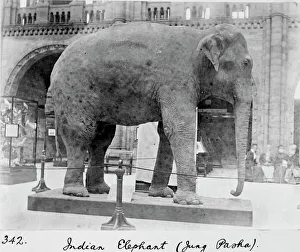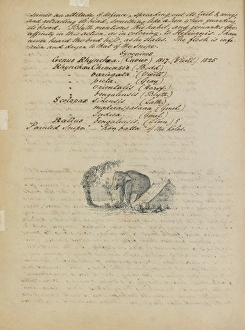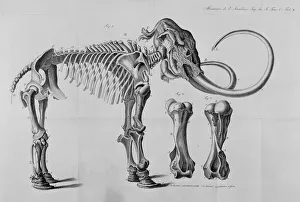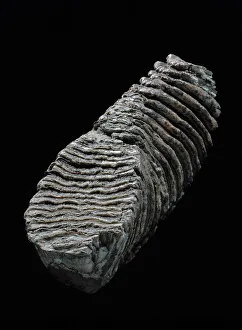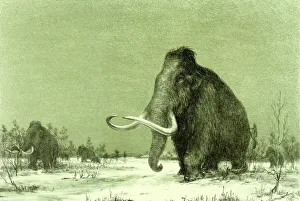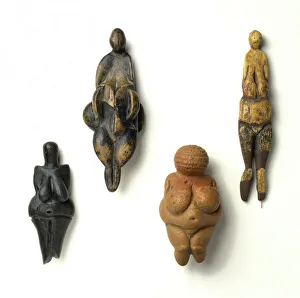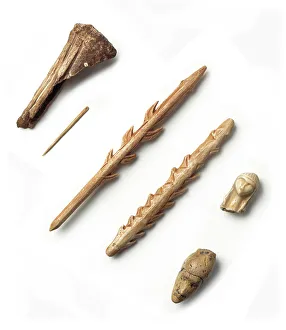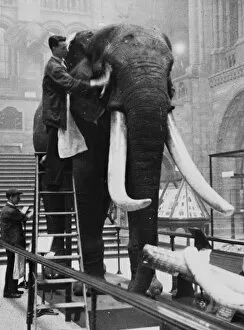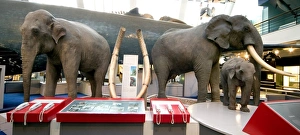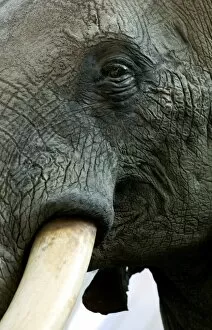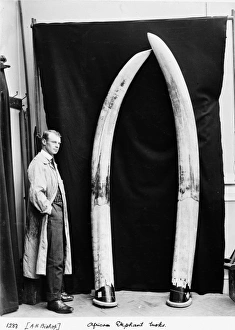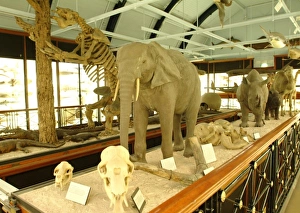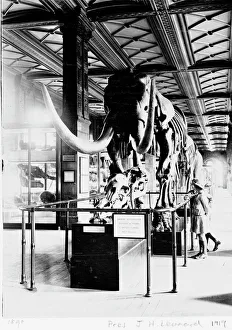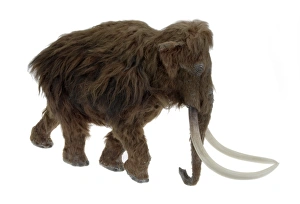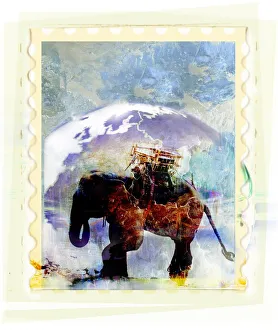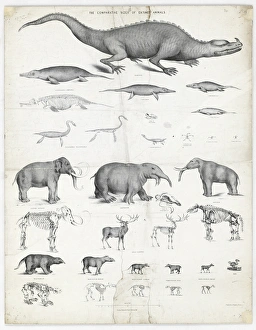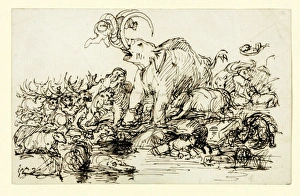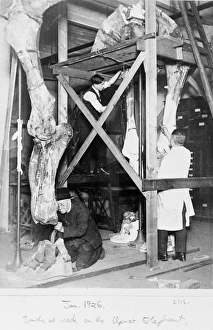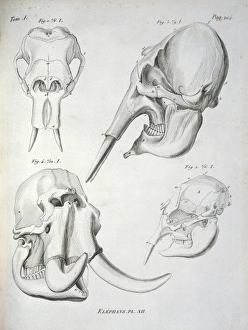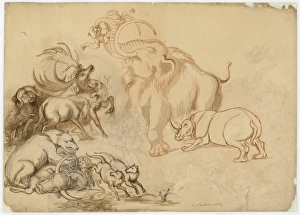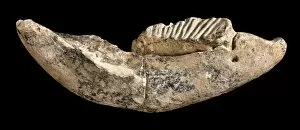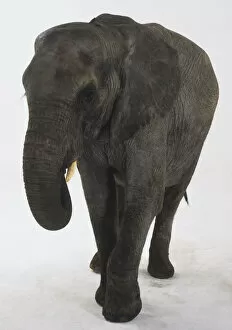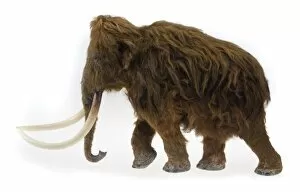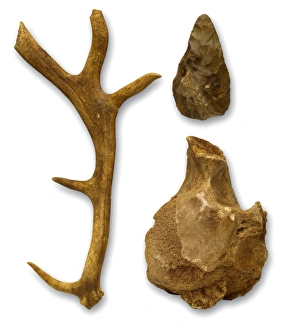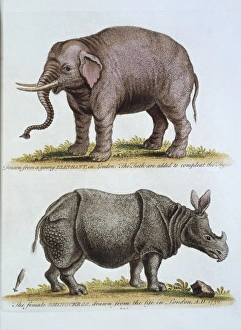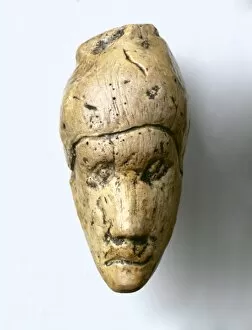Elephantoidea Collection
"Exploring the Fascinating World of Elephantoidea: From Indian Elephants to Woolly Mammoths" Step back in time to c
All Professionally Made to Order for Quick Shipping
"Exploring the Fascinating World of Elephantoidea: From Indian Elephants to Woolly Mammoths" Step back in time to c. 1898, where a majestic Indian elephant stands tall, showcasing the grandeur of the Elephantoidea family. As we delve deeper into history, a captivating drawing of a mammoth skeleton reminds us of their colossal presence. Witness Homo heidelbergensis in action, an ancient human species that coexisted with these magnificent creatures. In 1935, George the elephant captured hearts with his charm and grace. Enter the Mammal and Whale Gallery at The Natural History Museum at Tring, where Loxodonta africana, an African elephant species reigns supreme. Marvel at Augustus H. Bishop's awe-inspiring collection of elephant tusks from May 1912. Travel further back to February 1910 when an African elephant took center stage in Central Hall - its sheer size leaving visitors awestruck. Explore this remarkable museum that houses wonders like no other. The allure continues as we encounter the mighty Woolly Mammoth - a creature shrouded in mystery and fascination. A tooth from this prehistoric giant serves as a reminder of their existence over 22, 000-30, 000 years ago. Unearthed alongside these ancient giants are Venus figures dating back thousands of years - artifacts that emphasize humanity's connection with Elephantoidea throughout history. Join us on this captivating journey through time as we unravel the secrets and marvels held within the world – a testament to nature's extraordinary diversity and our enduring fascination with these incredible beings.

